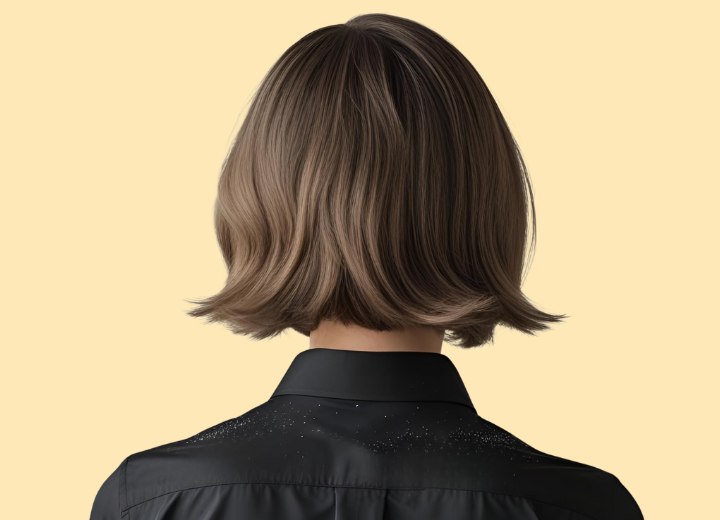Stress and Dandruff

A: The relationship between stress and dandruff is more complex than many people realize. While stress doesn't directly cause dandruff to appear out of nowhere, it can definitely make existing dandruff worse and may contribute to creating conditions where dandruff is more likely to develop.
When Malassezia populations grow out of control, they feed on the natural oils (sebum) produced by your scalp. As they break down these oils, they create byproducts that can irritate sensitive skin and trigger an inflammatory response. This irritation accelerates your scalp's natural cell turnover process, causing skin cells to shed more quickly than usual. Instead of the tiny, invisible flakes that normally fall away unnoticed, you end up with the larger, more visible white or yellowish flakes that we recognize as dandruff.
So where does stress fit into this picture? Stress affects your body's immune system in several important ways. When you're under chronic stress, your body produces elevated levels of cortisol and other stress hormones. These hormones can suppress immune function, making it harder for your body to keep Malassezia populations in check naturally. Additionally, stress can increase oil production in your scalp, providing more "food" for the fungus to thrive on.

Beyond stress and fungal overgrowth, several other factors can contribute to dandruff development. People with naturally oily scalps are more prone to dandruff because the excess sebum provides an ideal environment for Malassezia to flourish. Conversely, those with very dry scalps may also experience flaking, though this is technically a different condition than classic dandruff.
Environmental factors play a significant role as well. Cold, dry winter air can irritate the scalp and worsen flaking, while hot, humid conditions might increase oil production. Seasonal changes often trigger dandruff flare-ups for this reason.
Your genetics play a role too. Some people are simply more susceptible to developing dandruff due to inherited factors that affect their immune response to Malassezia or their scalp's oil production. Age and hormones also matter. Dandruff typically begins around puberty when oil production increases, peaks during young adulthood, and may improve with age as oil production naturally decreases.
©Hairfinder.com
See also:
Dandruff
Dandruff shampoo
The difference between oily dandruff and dry dandruff